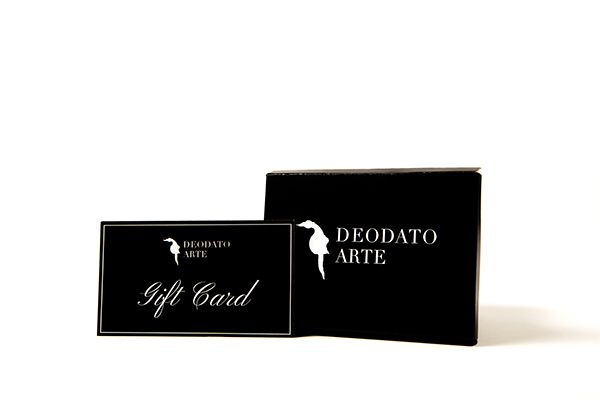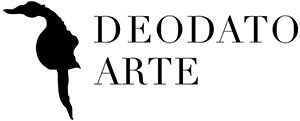
Thank you!

Salvatore Emblema
BIOGRAPHY OF SALVATORE EMBLEMA
Salvatore Emblema, a Neapolitan artist, was born in 1929 in Terzigno, in the province of Naples, and spent most of his childhood there. After attending the Academy of Fine Arts in Torre del Greco, he moved to Rome, where he held his first solo exhibition at the Galleria San Marco, also curated by the writers Carlo Levi and Ugo Moretti.
Salvatore Emblema is so interested in the world of cinema and fashion that he collaborates with Federico Fellini and designs Schubert's fabrics. He moved to the United States where he frequented the Abstract Expressionist environment, especially Pollock and Rothko. A fundamental meeting for his artistic growth will be with the critic Giulio Carlo Argan, who is introduced to him in New York.
Another great point of reference is Lucio Fontana, an artist whose intention is to go beyond the canvas and make the space that divides it from the wall become the protagonist of the work. He also discusses this issue with Argan, wondering if it is possible to do so without destroying the painting.
In 1958 he returned to Italy, he was in poor economic conditions and for this reason he used sackcloth to paint and built his own looms. In these years the artist Emblema Salvatore also elaborates the iconic "de-weave technique".
In 1969 Argan offered him the chair in painting at the Academy of Fine Arts in Rome, but the artist, in line with his shy nature, refused the offer. Between 1972 and 1994 the artist was present in numerous major exhibitions in the major cities of Italy and in 1982 he participated in the Venice Biennale.
Several artworks by Salvatore Emblema are purchased from foreign collections.
The artist himself established the Emblema Museum in his city, created as a place of education and aimed at learning contemporary art.
Salvatore Emblema dies in 2006.
Salvatore Emblema: artist and painter
Salvatore Emblema's first artworks date back to 1948: it is a series of portraits made with the collages technique using desiccated leaves of various chromatic modulations.
In this first phase Emblema's artworks are characterized by inspiration for the nature that surrounds him in order to understand its essence. The artist uses all natural elements to produce unique colours and atmospheres.
Characteristic of his works is the so-called "fullography" in which the dried leaves are used as a pigment for the work.
The strong connection with his homeland, Naples, is also reflected in his works: very often Emblema uses a series of stones and mineral powders collected directly at the foot of Vesuvius. It was in Rome, in the 1950s, that the artist began to use raw jute as the raw material for his artworks.
In 1956 he held his first solo exhibition at the Galleria San Marco and from here he began to grow in fame: in fact, Fellini was also interested in his work, for which he created models for his productions.
But the turning point for his artistic career came when Emblema moved to the United States: here he had the opportunity to attend the art studios of Rothko and Pollock.
If portraits or natural subjects initially prevail, after the American period Emblema switches to more abstract subjects. But it will be the Italian artist Lucio Fontana who will inspire him in the creation of the de-weave technique: in fact, he learns from him that in order to reach the essentiality of the message of art it is necessary to remove and not add.
With this technique the artist allows the viewer to enjoy the back of the work, an area that had remained unexplored for centuries, almost forcing him to analyse even more deeply what he is admiring.
The patient and delicate act of canvas' de-weave has for the artist an ambivalent function: on the one hand it is a strictly practical gesture, since Emblema carefully and precisely selects the threads to be subtracted, following precise geometric shapes, on the other hand it has a more effective, almost theatrical function, since this subtraction of matter, together with the light that strikes the artwork, creates shapes on the wall behind an intricate play of shadows.
“One day we will come to conceive paintings without bodies, totally transparent, made only of light and colour, without a canvas to support them”
The definitive consecration comes when he participates in the Venice Biennale and later manages to exhibit in the halls of the Metropolitan Museum in New York, the Uffizi in Florence, the Royal Palace of Naples.











 Register
Register Wishlist
Wishlist Contact Us
Contact Us


